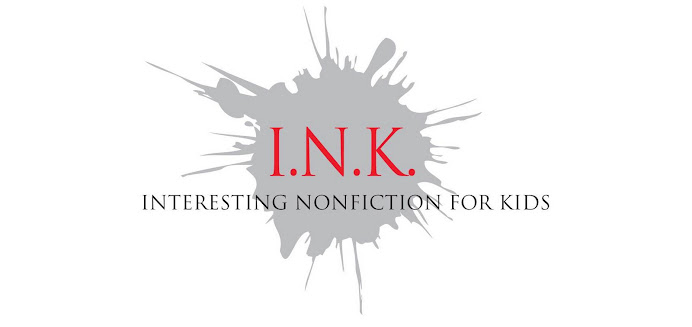What I would like to do here is share a few of my favorite nonfiction books about women. I was going to write about Tami Lewis Brown’s Soar, Elinor! but Marfe beat me to it just yesterday! But I will add to her comments that this book is really something special—one of those picture books you want to leave on a coffee table for a conversation starter. Both Brown and Elinor Smith are names you want to know.
There are several books I love that are collective stories, pulling in many women who impacted a particular area of interest. Girls Think of Everything: Stories of Ingenious Inventions by Women, by Catherine Thimmesh, is a shining example of this approach. This book had me at the cover, and it’s a staple for any women’s history collection. Independent Dames by Laurie Halse Anderson is also a must-have. This book is so chock full of information it probably could have filled three books. And Remember the Ladies: 100 Great Women by Cheryl Harness is a book I have referred to and shared with others countless times. Wings and Rockets: The Story of Women in Air and Space by Jeannine Atkins is especially captivating for me, as is Anita Silvey’s I’ll Pass for Your Comrade: Women Soldiers in the Civil War. This little-covered area of interest long overlooked is done in stellar Silvey fashion.

In the single-female category, I have my favorites as well. There is When Marian Sang: The True Recital of Marian Anderson, the Voice of a Century, by Pam Munoz Ryan; Barbara Kerley’s What to do About Alice?, which, yes, I have written about before, but I can’t help it, I simply love it; Shana Corey’s You Forgot Your Skirt, Amelia Bloomer, Kathleen Krull's A Woman for President: The Story of Victoria Woodhull, Gretchen Woelfle’s Jeannete Rankin: Political Pioneer, Vicki Cobb's Marie Curie, Susanna Reich's Clara Schumann, and for older readers, Bull's Eye: A Photobiography of Annie Oakley by Sue Macy, and Jane Addams: Champion of Democracy by Judith Bloom Fradin and Dennis Brindell Fradin.

A few new and forthcoming books I can’t wait to get my hands on include Candace Fleming’s Amelia Lost: The Life and Disappearance of Amelia Earhart. I am a big fan of Fleming’s work and am anxious to see how she handled this topic. The other is Penny Coleman’s forthcoming book on a subject near and dear to my heart. The title says it all: Elizabeth Cady Stanton and Susan B. Anthony, A Friendship that Changed the World.

So there you have it, my small tribute to women’s history in the shape of a few favorite books for kids and teens. There are many, many others on my shelves that I simply didn’t have the room to discuss here, but there’s always next year!












 Trust Kathryn Lasky to be first up with what may end as one of the year’s best—
Trust Kathryn Lasky to be first up with what may end as one of the year’s best— 





















 You don’t even have to like animals to find
You don’t even have to like animals to find 
